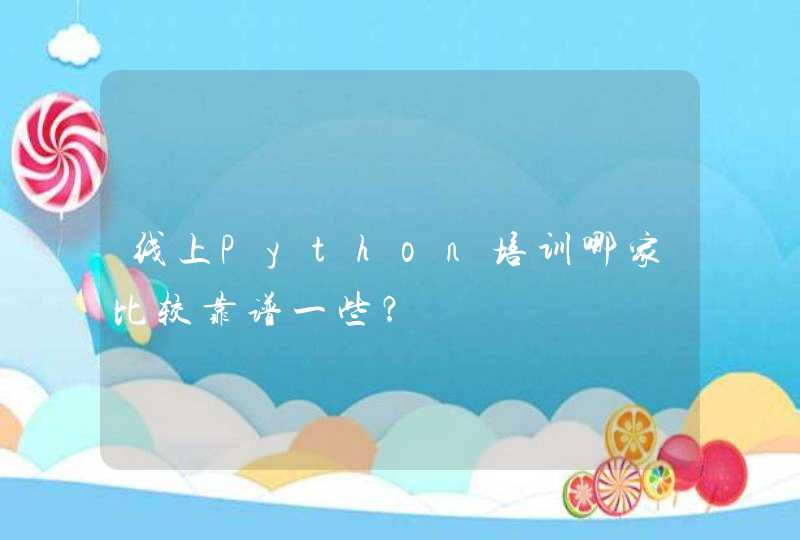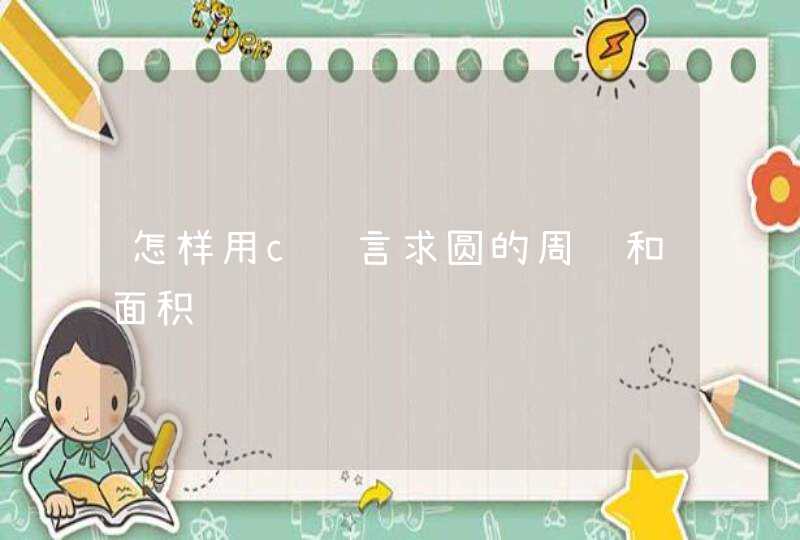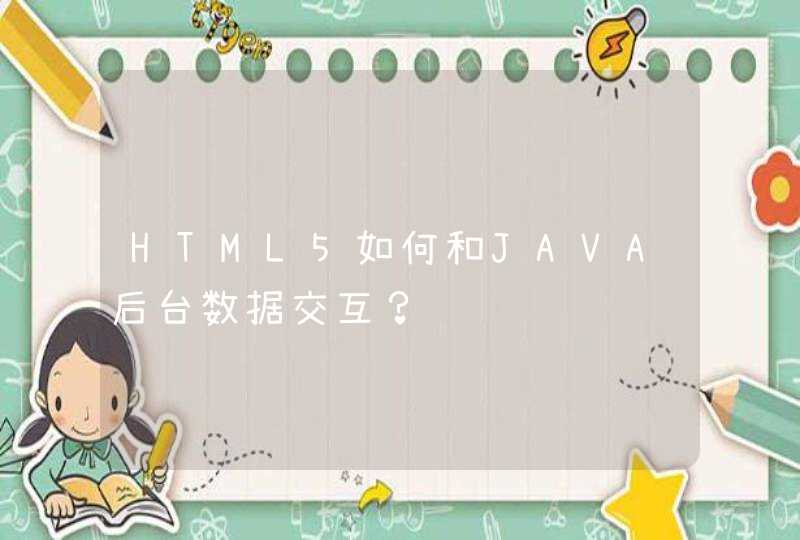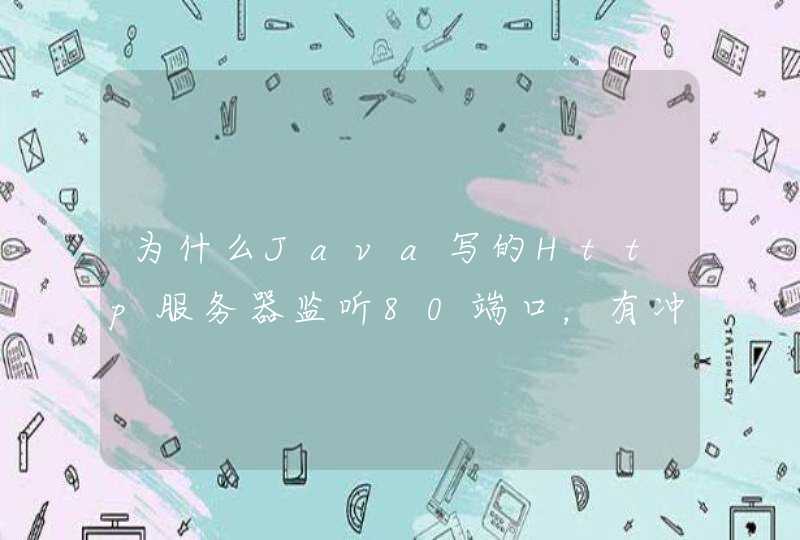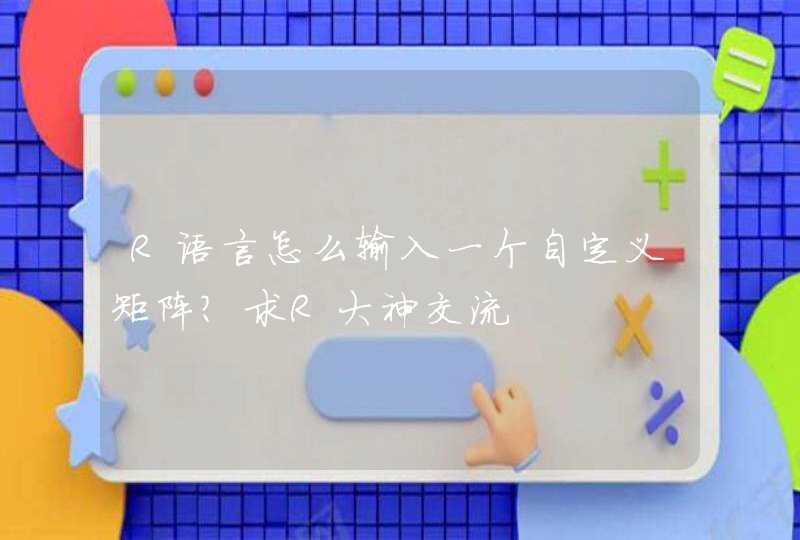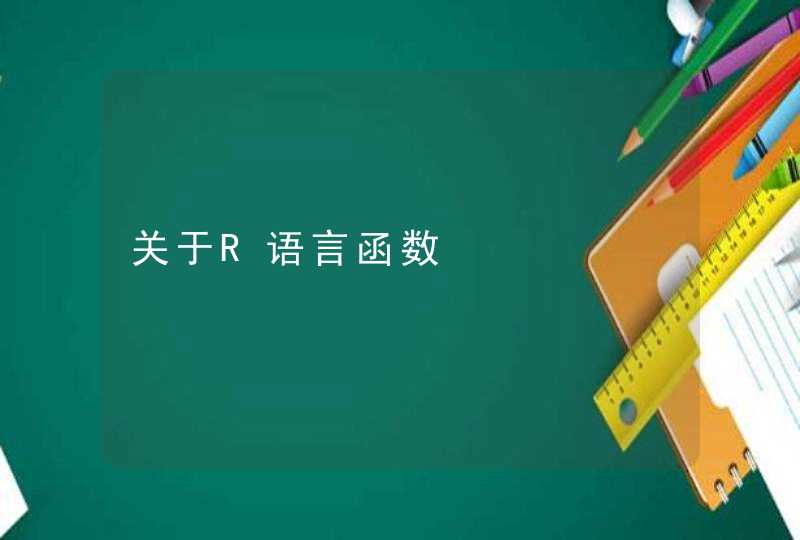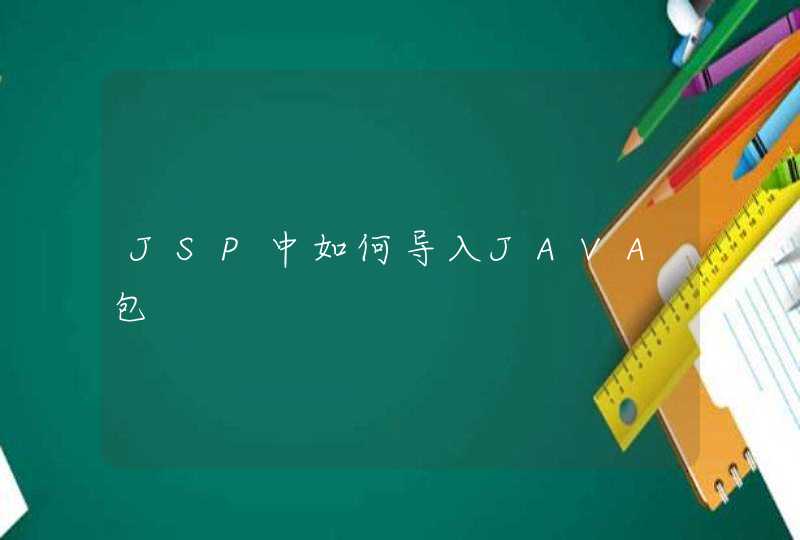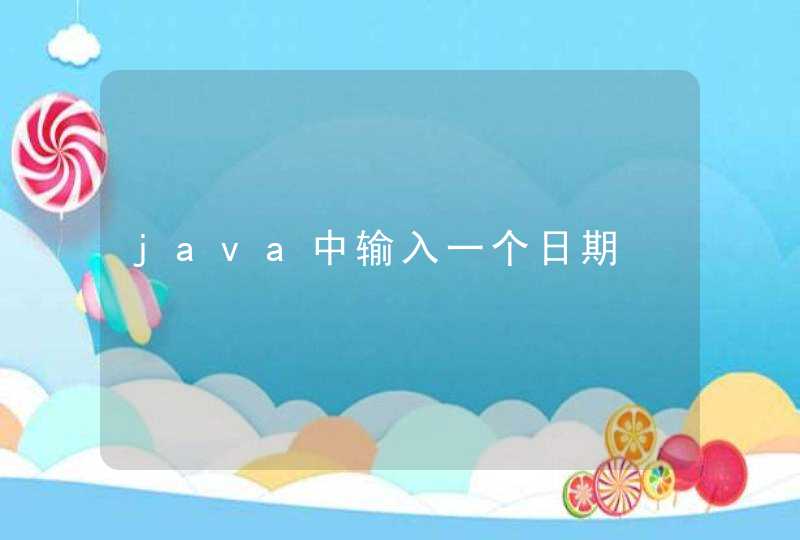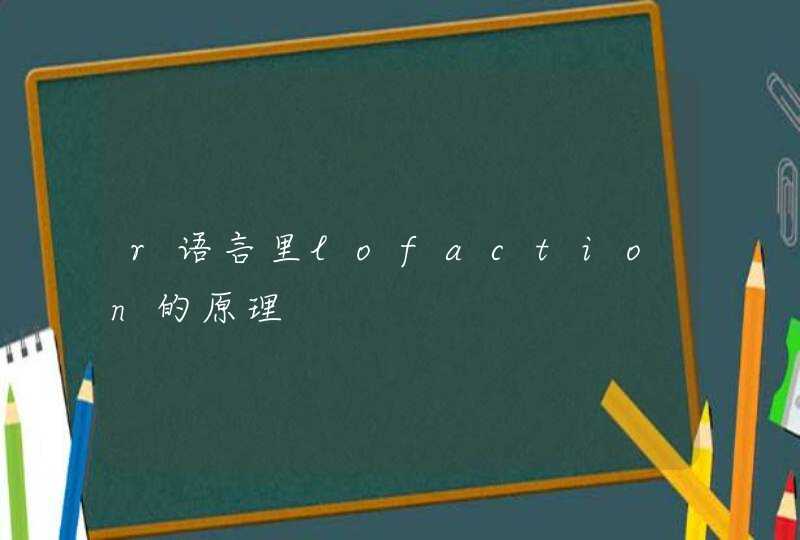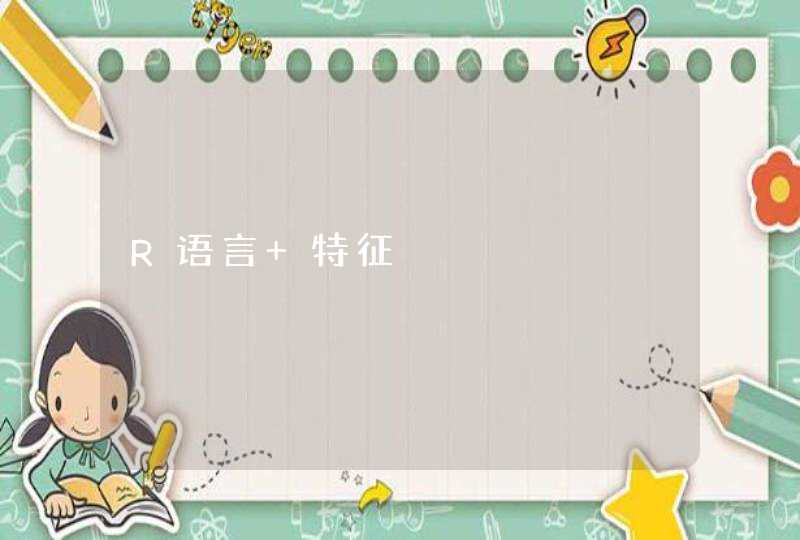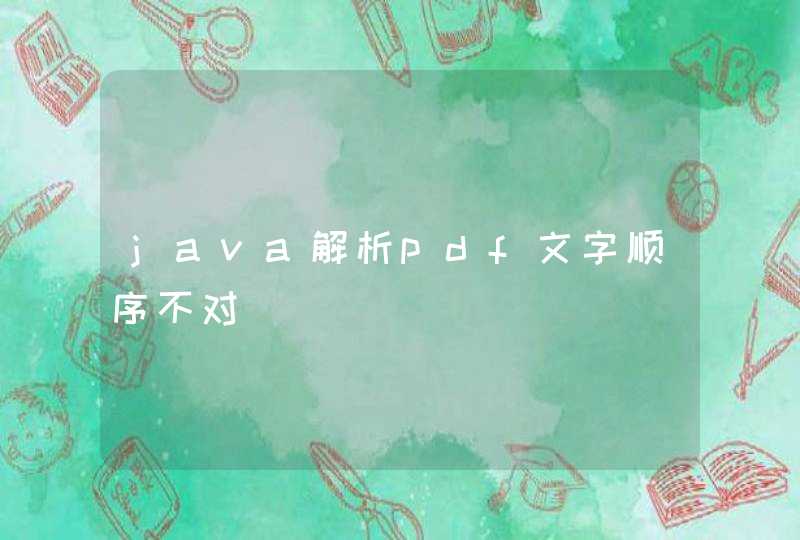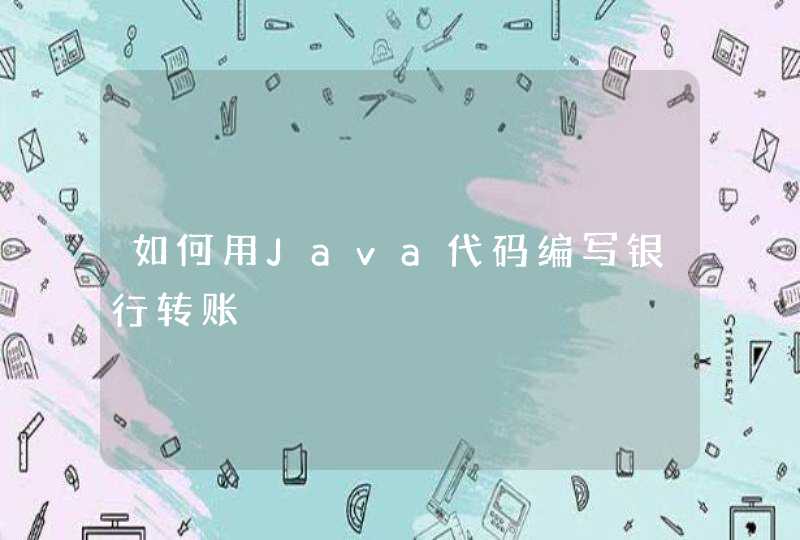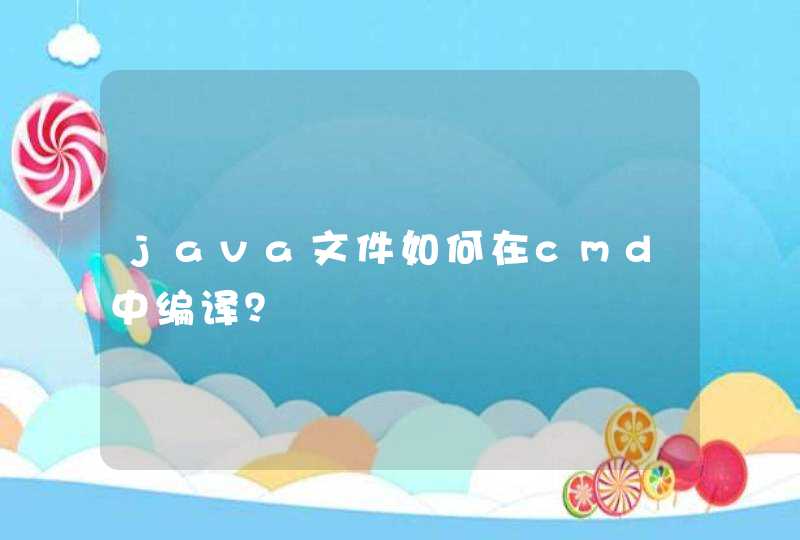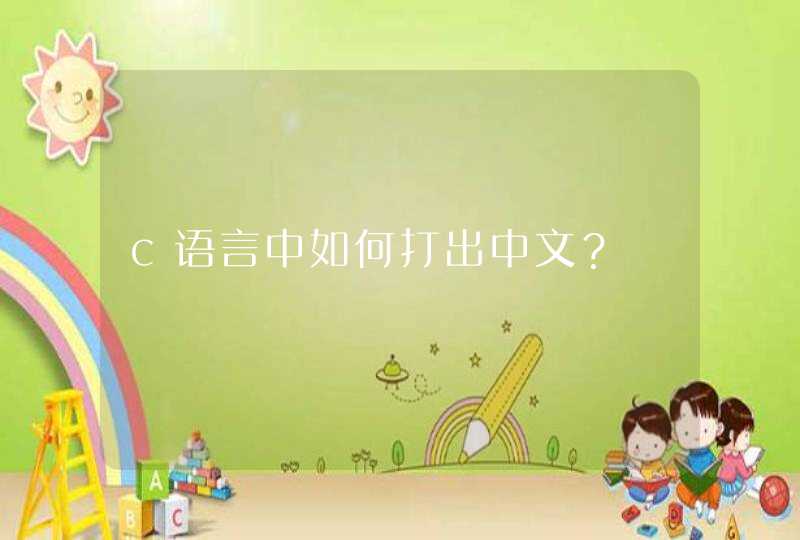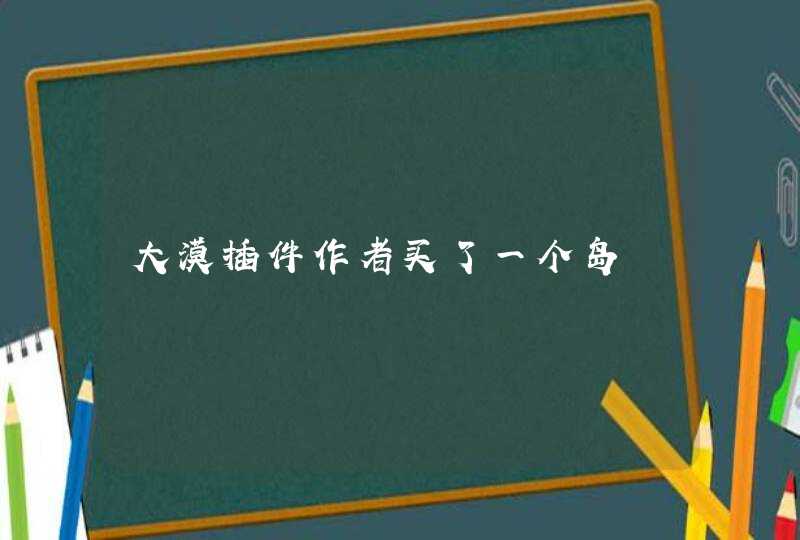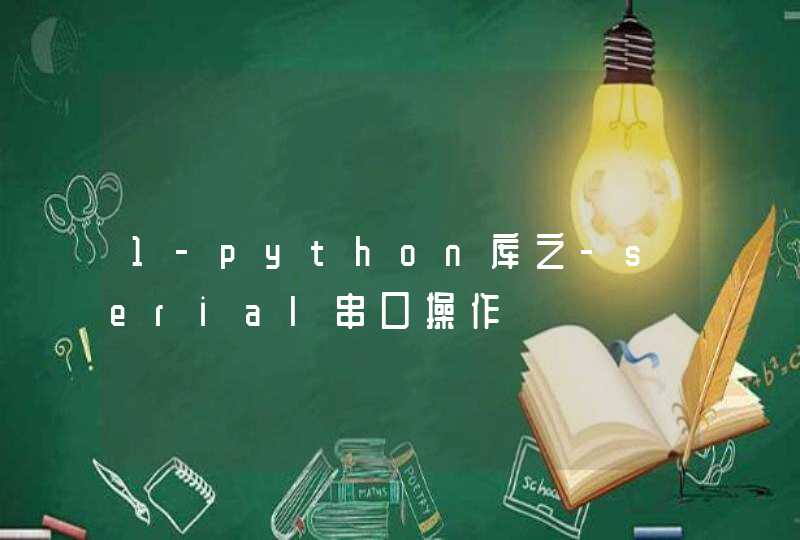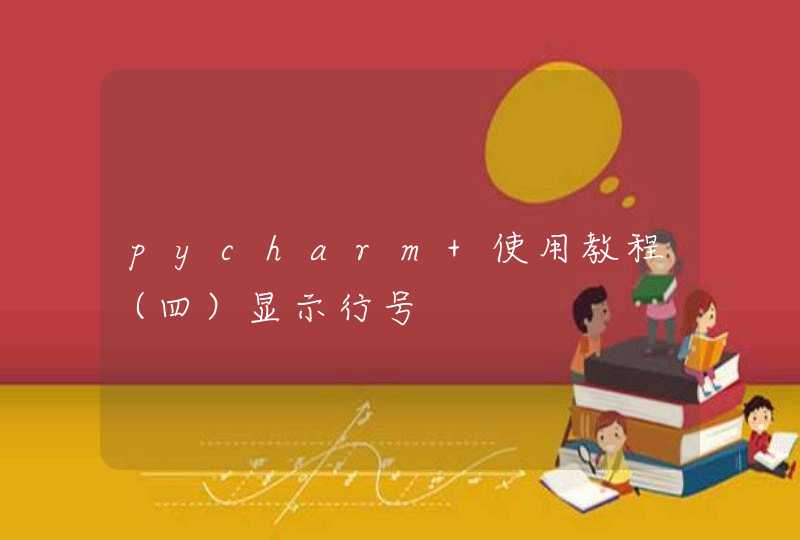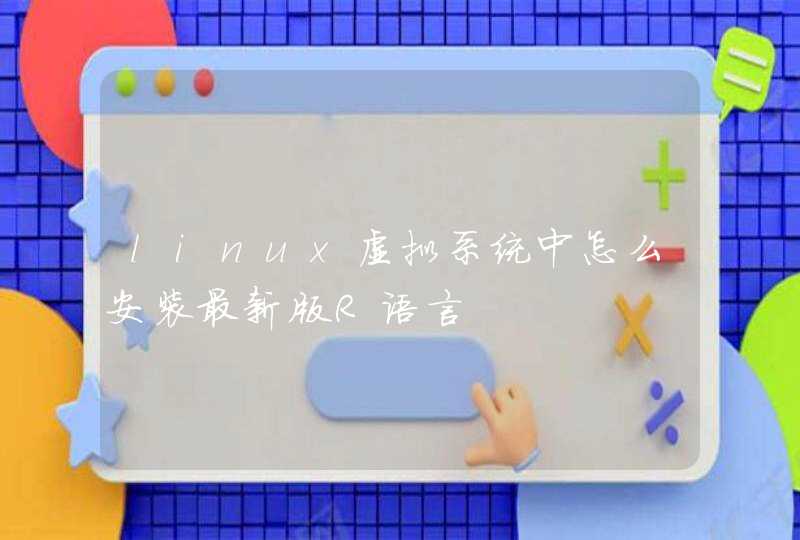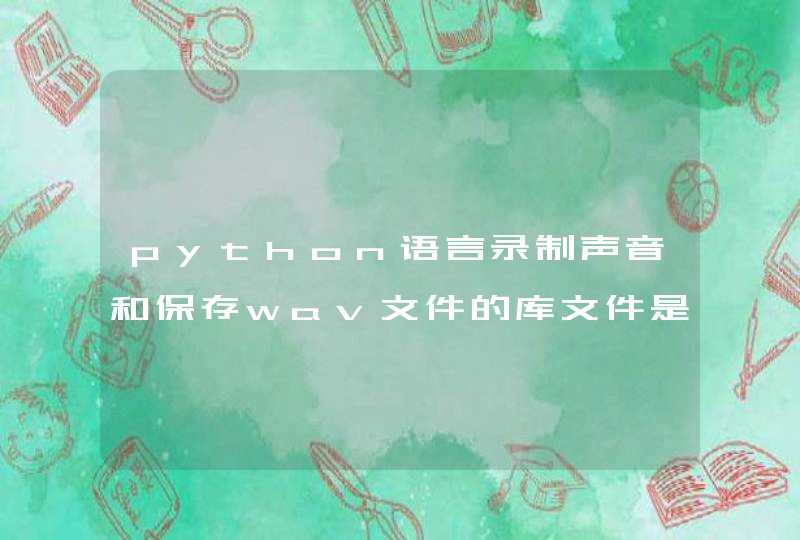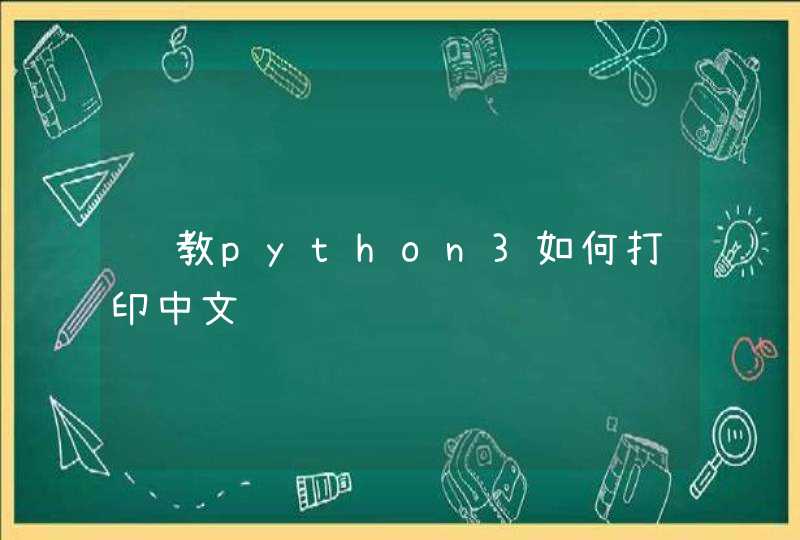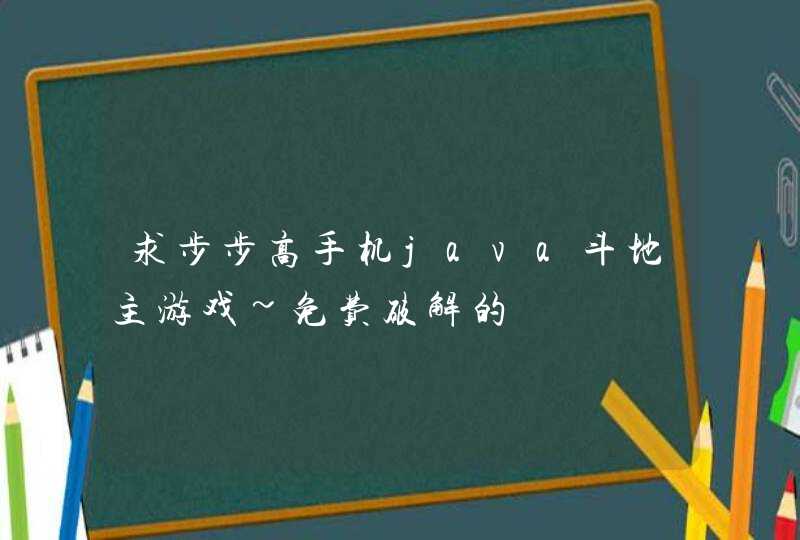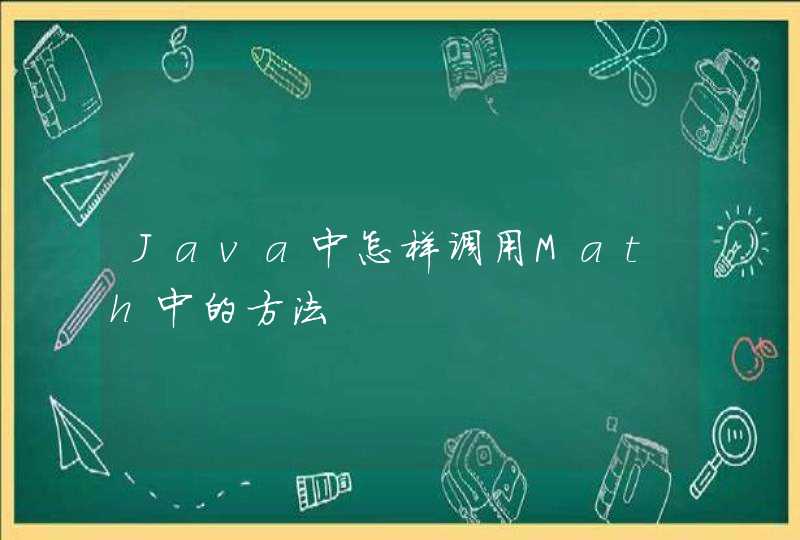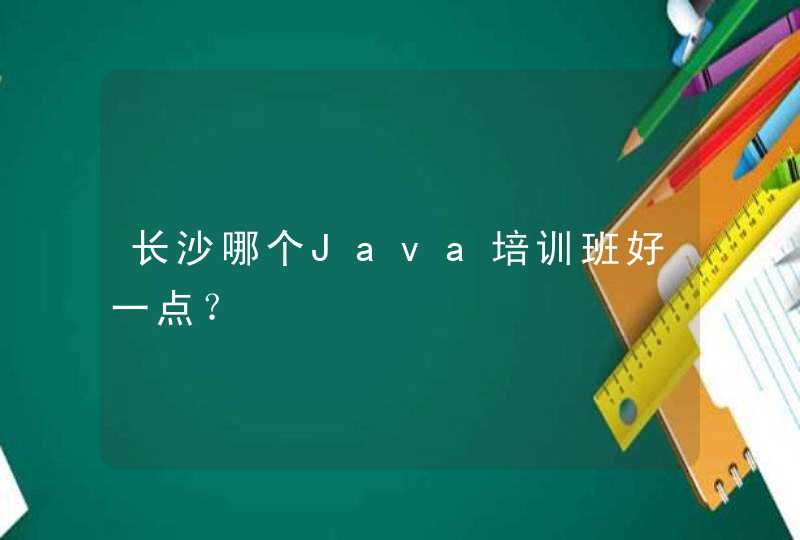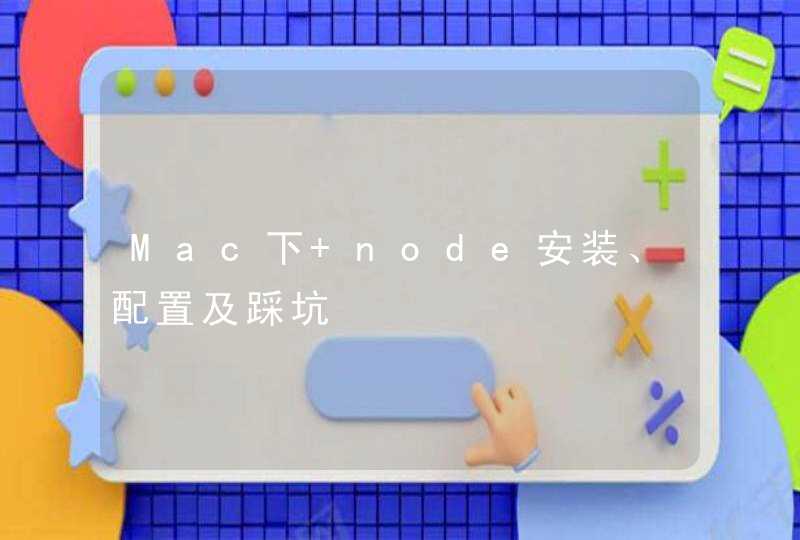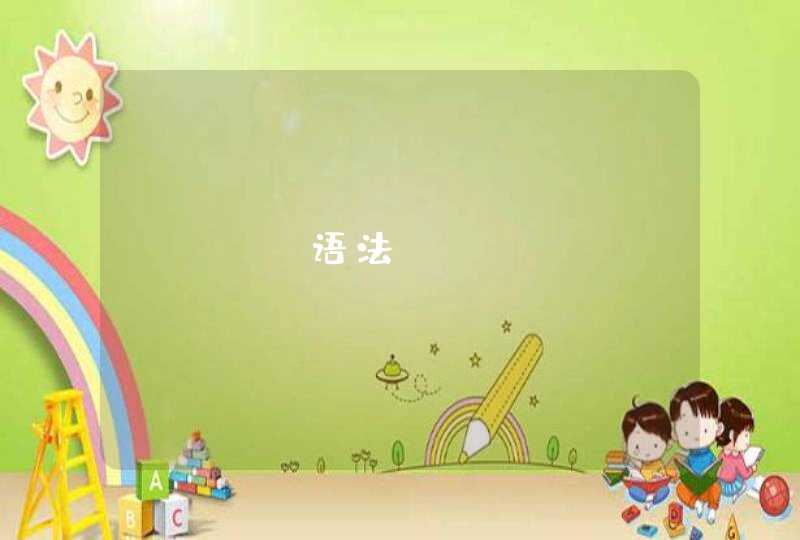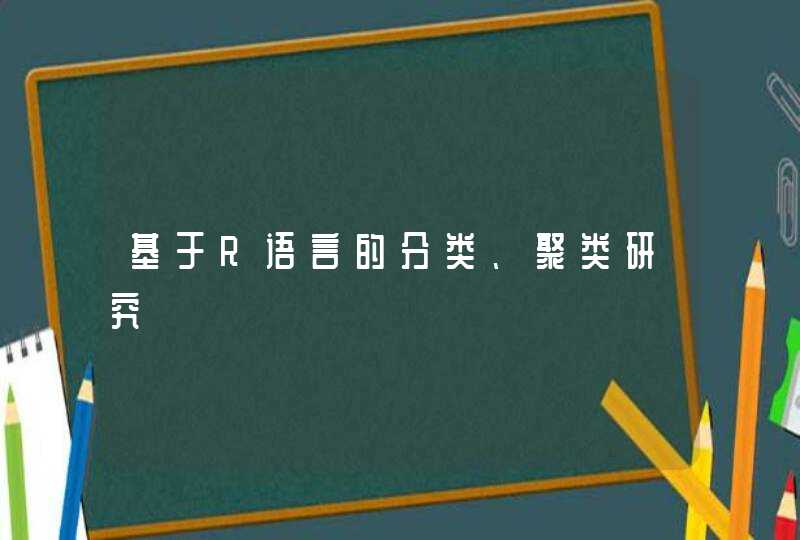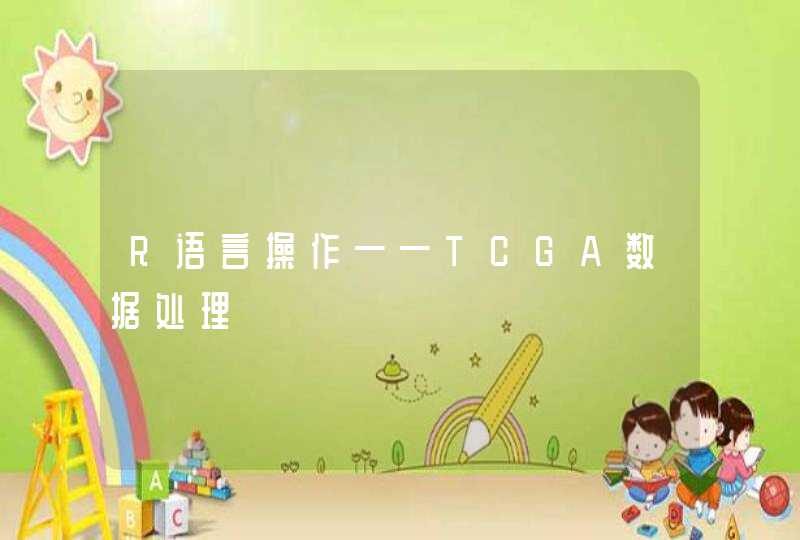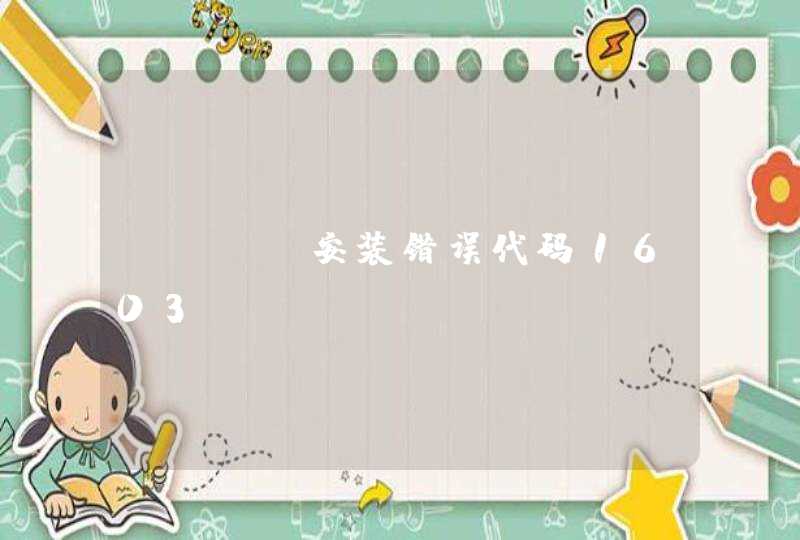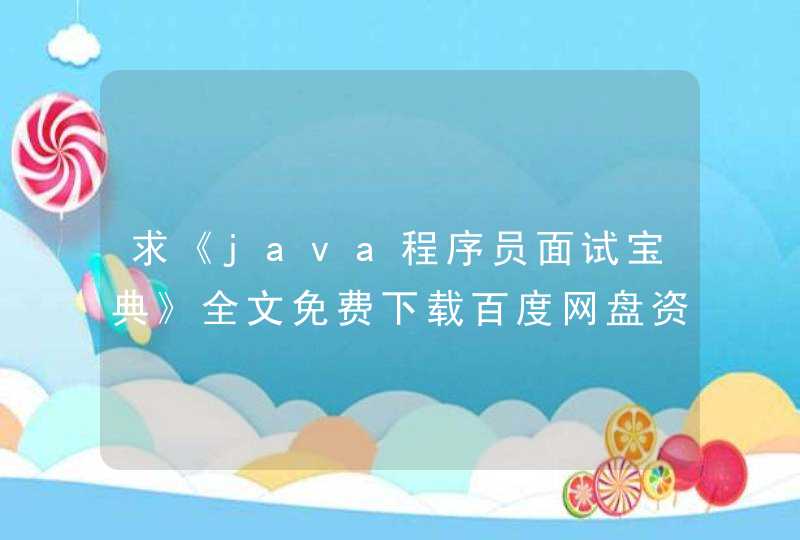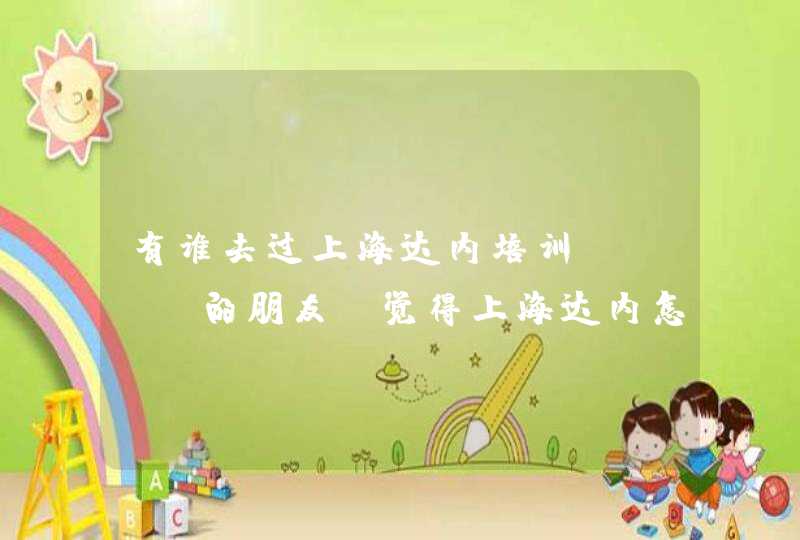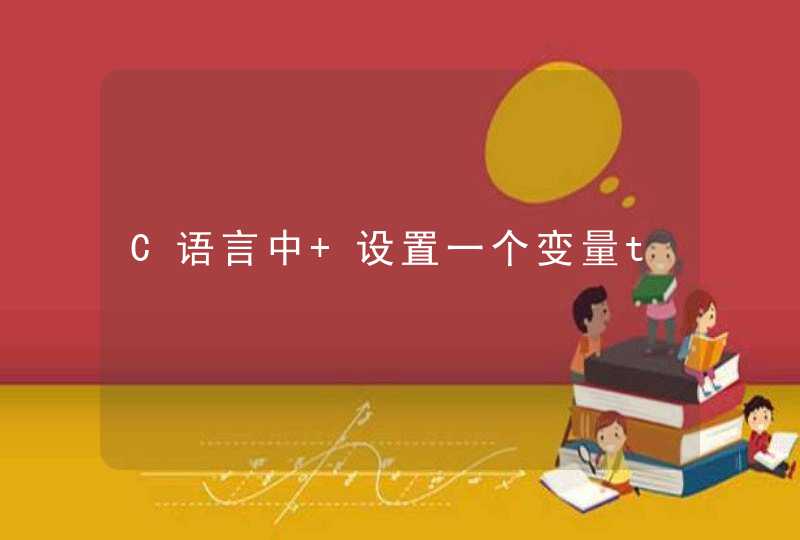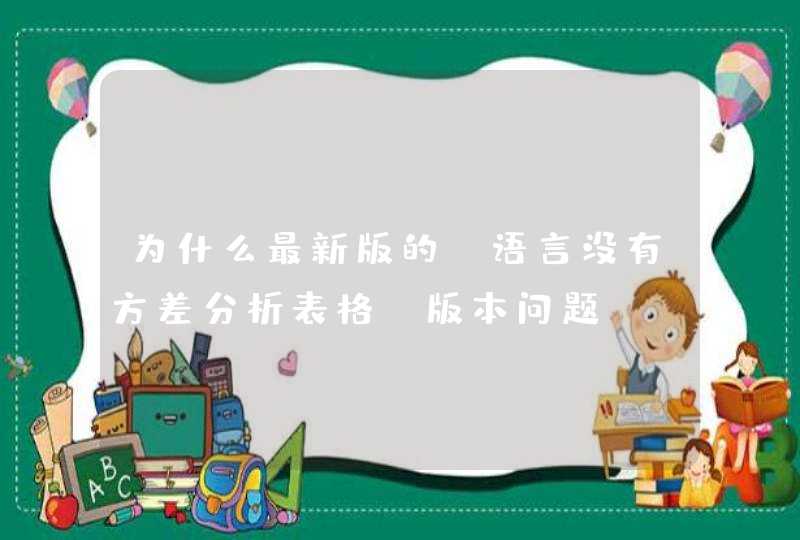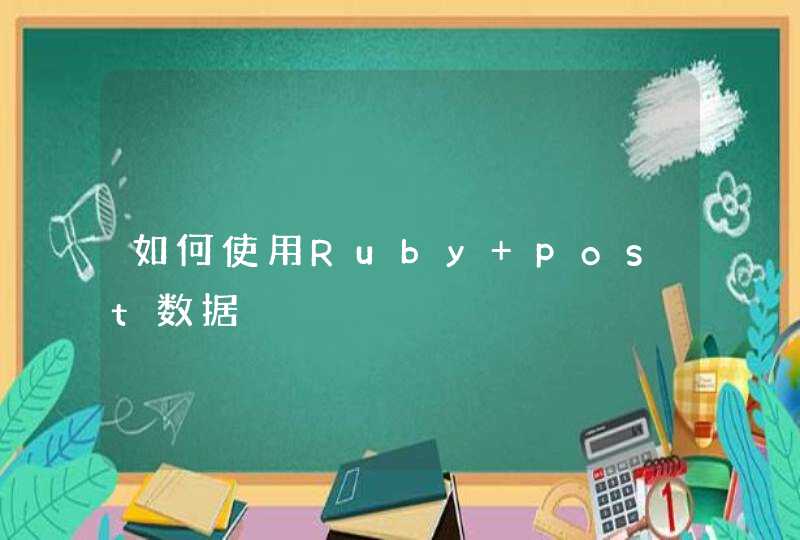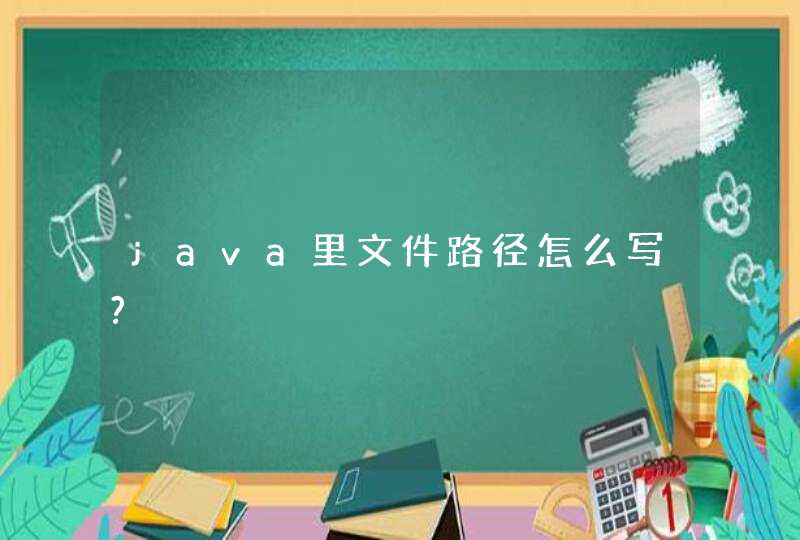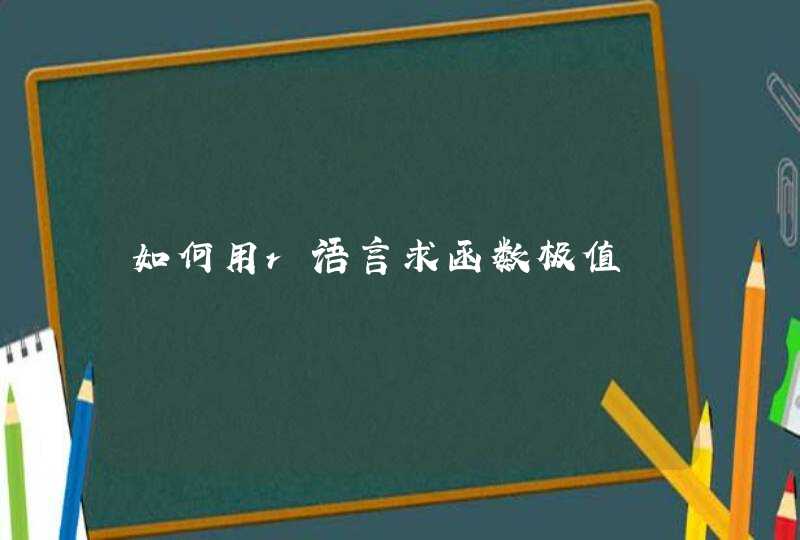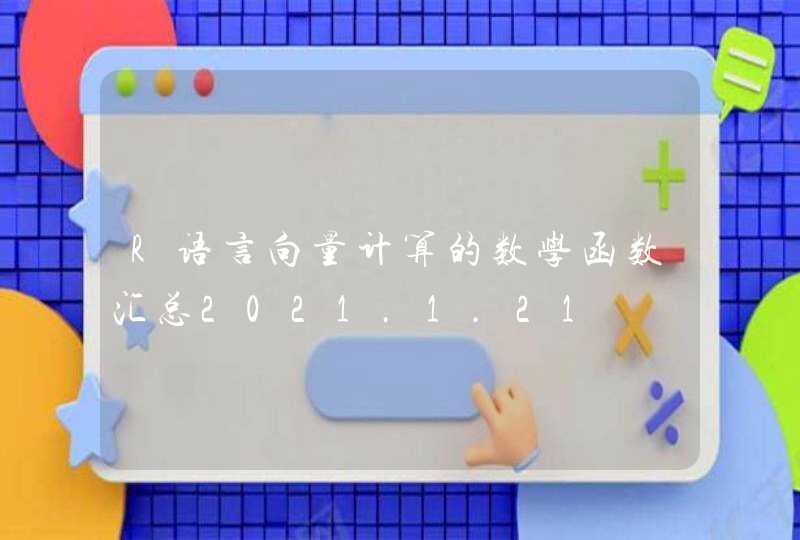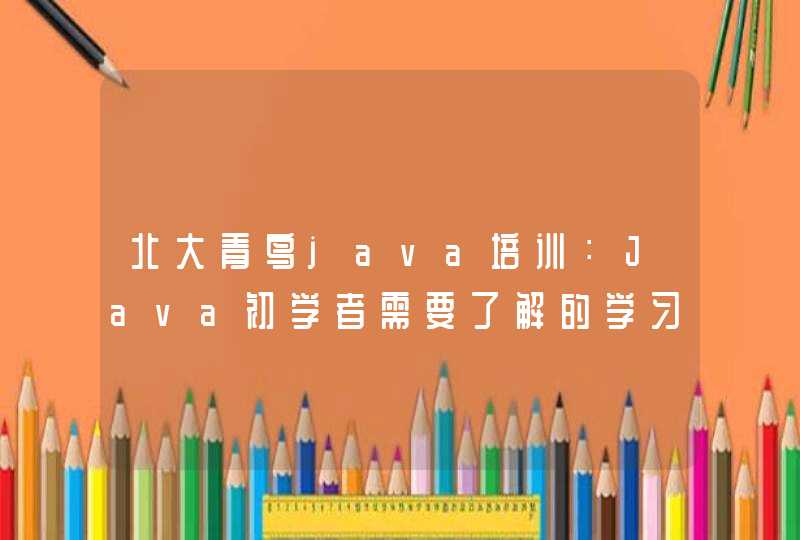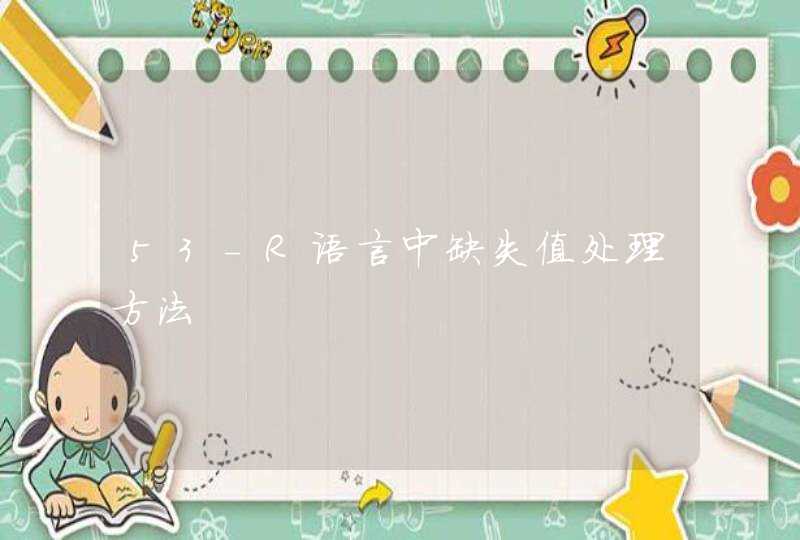
Java多线程的创建及启动
Java中线程的创建常见有如三种基本形式
1.继承Thread类,重写该类的run()方法。
复制代码
1 class MyThread extends Thread {
2
3 private int i = 0
4
5 @Override
6 public void run() {
7 for (i = 0i <100i++) {
8 System.out.println(Thread.currentThread().getName() + " " + i)
9 }
10 }
11 }
复制代码
复制代码
1 public class ThreadTest {
2
3 public static void main(String[] args) {
4 for (int i = 0i <100i++) {
5 System.out.println(Thread.currentThread().getName() + " " + i)
6 if (i == 30) {
7 Thread myThread1 = new MyThread() // 创建一个新的线程 myThread1 此线程进入新建状态
8 Thread myThread2 = new MyThread() // 创建一个新的线程 myThread2 此线程进入新建状态
9 myThread1.start() // 调用start()方法使得线程进入就绪状态
10 myThread2.start() // 调用start()方法使得线程进入就绪状态
11 }
12 }
13 }
14 }
复制代码
如上所示,继承Thread类,通过重写run()方法定义了一个新的线程类MyThread,其中run()方法的方法体代表了线程需要完成的任务,称之为线程执行体。当创建此线程类对象时一个新的线程得以创建,并进入到线程新建状态。通过调用线程对象引用的start()方法,使得该线程进入到就绪状态,此时此线程并不一定会马上得以执行,这取决于CPU调度时机。
2.实现Runnable接口,并重写该接口的run()方法,该run()方法同样是线程执行体,创建Runnable实现类的实例,并以此实例作为Thread类的target来创建Thread对象,该Thread对象才是真正的线程对象。
复制代码
1 class MyRunnable implements Runnable {
2 private int i = 0
3
4 @Override
5 public void run() {
6 for (i = 0i <100i++) {
7 System.out.println(Thread.currentThread().getName() + " " + i)
8 }
9 }
10 }
复制代码
复制代码
1 public class ThreadTest {
2
3 public static void main(String[] args) {
4 for (int i = 0i <100i++) {
5 System.out.println(Thread.currentThread().getName() + " " + i)
6 if (i == 30) {
7 Runnable myRunnable = new MyRunnable()// 创建一个Runnable实现类的对象
8 Thread thread1 = new Thread(myRunnable)// 将myRunnable作为Thread target创建新的线程
9 Thread thread2 = new Thread(myRunnable)
10 thread1.start()// 调用start()方法使得线程进入就绪状态
11 thread2.start()
12 }
13 }
14 }
15 }
复制代码
相信以上两种创建新线程的方式大家都很熟悉了,那么Thread和Runnable之间到底是什么关系呢?我们首先来看一下下面这个例子。
复制代码
1 public class ThreadTest {
2
3 public static void main(String[] args) {
4 for (int i = 0i <100i++) {
5 System.out.println(Thread.currentThread().getName() + " " + i)
6 if (i == 30) {
7 Runnable myRunnable = new MyRunnable()
8 Thread thread = new MyThread(myRunnable)
9 thread.start()
10 }
11 }
12 }
13 }
14
15 class MyRunnable implements Runnable {
16 private int i = 0
17
18 @Override
19 public void run() {
20 System.out.println("in MyRunnable run")
21 for (i = 0i <100i++) {
22 System.out.println(Thread.currentThread().getName() + " " + i)
23 }
24 }
25 }
26
27 class MyThread extends Thread {
28
29 private int i = 0
30
31 public MyThread(Runnable runnable){
32 super(runnable)
33 }
34
35 @Override
36 public void run() {
37 System.out.println("in MyThread run")
38 for (i = 0i <100i++) {
39 System.out.println(Thread.currentThread().getName() + " " + i)
40 }
41 }
42 }
复制代码
同样的,与实现Runnable接口创建线程方式相似,不同的地方在于
1 Thread thread = new MyThread(myRunnable)
那么这种方式可以顺利创建出一个新的线程么?答案是肯定的。至于此时的线程执行体到底是MyRunnable接口中的run()方法还是MyThread类中的run()方法呢?通过输出我们知道线程执行体是MyThread类中的run()方法。其实原因很简单,因为Thread类本身也是实现了Runnable接口,而run()方法最先是在Runnable接口中定义的方法。
1 public interface Runnable {
2
3 public abstract void run()
4
5 }
我们看一下Thread类中对Runnable接口中run()方法的实现:
复制代码
@Override
public void run() {
if (target != null) {
target.run()
}
}
复制代码
也就是说,当执行到Thread类中的run()方法时,会首先判断target是否存在,存在则执行target中的run()方法,也就是实现了Runnable接口并重写了run()方法的类中的run()方法。但是上述给到的列子中,由于多态的存在,根本就没有执行到Thread类中的run()方法,而是直接先执行了运行时类型即MyThread类中的run()方法。
3.使用Callable和Future接口创建线程。具体是创建Callable接口的实现类,并实现clall()方法。并使用FutureTask类来包装Callable实现类的对象,且以此FutureTask对象作为Thread对象的target来创建线程。
看着好像有点复杂,直接来看一个例子就清晰了。
复制代码
1 public class ThreadTest {
2
3 public static void main(String[] args) {
4
5 Callable<Integer>myCallable = new MyCallable() // 创建MyCallable对象
6 FutureTask<Integer>ft = new FutureTask<Integer>(myCallable)//使用FutureTask来包装MyCallable对象
7
8 for (int i = 0i <100i++) {
9 System.out.println(Thread.currentThread().getName() + " " + i)
10 if (i == 30) {
11 Thread thread = new Thread(ft) //FutureTask对象作为Thread对象的target创建新的线程
12 thread.start() //线程进入到就绪状态
13 }
14 }
15
16 System.out.println("主线程for循环执行完毕..")
17
18 try {
19 int sum = ft.get() //取得新创建的新线程中的call()方法返回的结果
20 System.out.println("sum = " + sum)
21 } catch (InterruptedException e) {
22 e.printStackTrace()
23 } catch (ExecutionException e) {
24 e.printStackTrace()
25 }
26
27 }
28 }
29
30
31 class MyCallable implements Callable<Integer>{
32 private int i = 0
33
34 // 与run()方法不同的是,call()方法具有返回值
35 @Override
36 public Integer call() {
37 int sum = 0
38 for (i <100i++) {
39 System.out.println(Thread.currentThread().getName() + " " + i)
40 sum += i
41 }
42 return sum
43 }
44
45 }
复制代码
首先,我们发现,在实现Callable接口中,此时不再是run()方法了,而是call()方法,此call()方法作为线程执行体,同时还具有返回值!在创建新的线程时,是通过FutureTask来包装MyCallable对象,同时作为了Thread对象的target。那么看下FutureTask类的定义:
1 public class FutureTask<V>implements RunnableFuture<V>{
2
3 //....
4
5 }
1 public interface RunnableFuture<V>extends Runnable, Future<V>{
2
3 void run()
4
5 }
于是,我们发现FutureTask类实际上是同时实现了Runnable和Future接口,由此才使得其具有Future和Runnable双重特性。通过Runnable特性,可以作为Thread对象的target,而Future特性,使得其可以取得新创建线程中的call()方法的返回值。
执行下此程序,我们发现sum = 4950永远都是最后输出的。而“主线程for循环执行完毕..”则很可能是在子线程循环中间输出。由CPU的线程调度机制,我们知道,“主线程for循环执行完毕..”的输出时机是没有任何问题的,那么为什么sum =4950会永远最后输出呢?
原因在于通过ft.get()方法获取子线程call()方法的返回值时,当子线程此方法还未执行完毕,ft.get()方法会一直阻塞,直到call()方法执行完毕才能取到返回值。
上述主要讲解了三种常见的线程创建方式,对于线程的启动而言,都是调用线程对象的start()方法,需要特别注意的是:不能对同一线程对象两次调用start()方法。
你好,本题已解答,如果满意
请点右下角“采纳答案”。
总的结论:java是线程安全的,即对任何方法(包括静态方法)都可以不考虑线程冲突,但有一个前提,就是不能存在全局变量。如果存在全局变量,则需要使用同步机制。\x0d\x0a\x0d\x0a如下通过一组对比例子从头讲解:\x0d\x0a 在多线程中使用静态方法会发生什么事?也就是说多线程访问同一个类的static静态方法会发生什么事?是否会发生线程安全问题?\x0d\x0apublic class Test {\x0d\x0apublic static void operation(){\x0d\x0a// ... do something\x0d\x0a}\x0d\x0a}\x0d\x0a 事实证明只要在静态函数中没有处理多线程共享数据,就不存在着多线程访问同一个静态方法会出现资源冲突的问题。下面看一个例子:\x0d\x0apublic class StaticThread implements Runnable {\x0d\x0a@Override\x0d\x0apublic void run() {\x0d\x0a// TODO Auto-generated method stub\x0d\x0aStaticAction.print()\x0d\x0a}\x0d\x0apublic static void main(String[] args) {\x0d\x0afor (int i = 0i 回答于 2022-12-11在JAVA平台 实现异步调用的角色有如下三个角色:调用者 提货单 真实数据一个调用者在调用耗时操作 不能立即返回数据时 先返回一个提货单 然后在过一断时间后凭提货单来获取真正的数据 去蛋糕店买蛋糕 不需要等蛋糕做出来(假设现做要很长时间) 只需要领个提货单就可以了(去干别的事情) 等到蛋糕做好了 再拿提货单取蛋糕就可以了 public class Main { public static void main(String[] args) {
System out println( main BEGIN )
Host host = new Host()
Data data = host request( A )
Data data = host request( B )
Data data = host request( C )
System out println( main otherJob BEGIN )
try {
Thread sleep( )
} catch (InterruptedException e) {
}
System out println( main otherJob END )
System out println( data = + data getContent())
System out println( data = + data getContent())
System out println( data = + data getContent())
System out println( main END )
}
}
这里的main类就相当于 顾客 host就相当于 蛋糕店 顾客向 蛋糕店 定蛋糕就相当于 发请求request 返回的数据data是FutureData的实例 就相当于提货单 而不是真正的 蛋糕 在过一段时间后(sleep一段时间后) 调用data getContent() 也就是拿提货单获取执行结果
下面来看一下 顾客定蛋糕后 蛋糕店做了什么
public class Host {
public Data request(final int count final char c) {
System out println( request( + count + + c + ) BEGIN )
// ( ) 建立FutureData的实体
final FutureData future = new FutureData()
// ( ) 为了建立RealData的实体 启动新的线程
new Thread() {
public void run() {
//在匿名内部类中使用count future c
RealData realdata = new RealData(count c)
future setRealData(realdata)
}
} start()
System out println( request( + count + + c + ) END )
// ( ) 取回FutureData实体 作为传回值
return future
}
}
host( 蛋糕店 )在接到请求后 先生成了 提货单 FutureData的实例future 然后命令 蛋糕师傅 RealData去做蛋糕 realdata相当于起个线程去做蛋糕了 然后host返回给顾客的仅仅是 提货单 future 而不是蛋糕 当蛋糕做好后 蛋糕师傅才能给对应的 提货单 蛋糕 也就是future setRealData(realdata)
下面来看看蛋糕师傅是怎么做蛋糕的
建立一个字符串 包含count个c字符 为了表现出犯法需要花费一些时间 使用了sleep
public class RealData implements Data { private final String content
public RealData(int count char c) {
System out println( making RealData( + count + + c + ) BEGIN )
char[] buffer = new char[count]
for (int i = i <counti++) {
buffer[i] = c
try {
Thread sleep( )
} catch (InterruptedException e) {
}
}
System out println( making RealData( + count + + c + ) END )
ntent = new String(buffer)
}
public String getContent() {
return content
}
}
现在来看看 提货单 future是怎么与蛋糕 content 对应的:
public class FutureData implements Data { private RealData realdata = null
private boolean ready = false
public synchronized void setRealData(RealData realdata) {
if (ready) {
return// 防止setRealData被调用两次以上
}
this realdata = realdata
this ready = true
notifyAll()
}
public synchronized String getContent() {
while (!ready) {
try {
wait()
} catch (InterruptedException e) {
}
}
return realdata getContent()
}
}
顾客做完自己的事情后 会拿着自己的 提货单 来取蛋糕
System out println( data = + data getContent())
这时候如果蛋糕没做好 就只好等了
while (!ready) { try {
wait()
} catch (InterruptedException e) {
}
//等做好后才能取到
return realdata getContent()
程序分析
对于每个请求 host都会生成一个线程 这个线程负责生成顾客需要的 蛋糕 在等待一段时间以后 如果蛋糕还没有做好 顾客还必须等待 直到 蛋糕被做好 也就是
future setRealData(realdata)执行以后 顾客才能拿走蛋糕
每个线程只是专门负责制作特定顾客所需要的 蛋糕 也就是顾客A对应着蛋糕师傅A 顾客B对应着蛋糕师傅B 即使顾客B的蛋糕被先做好了 顾客A也只能等待蛋糕师傅A把蛋糕做好 换句话说 顾客之间没有竞争关系
lishixinzhi/Article/program/Java/gj/201311/27425

